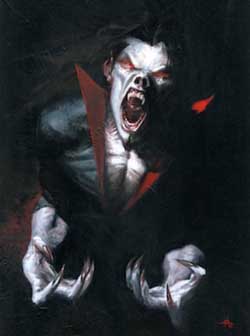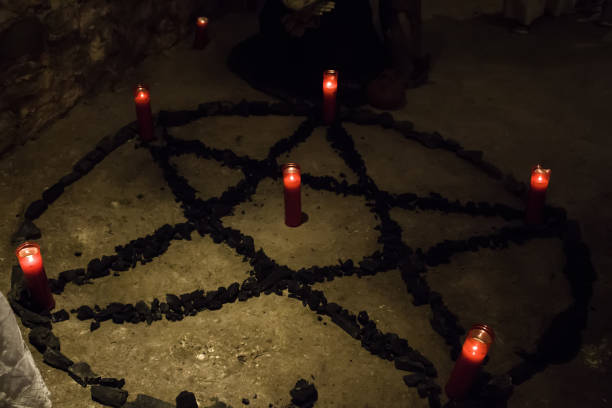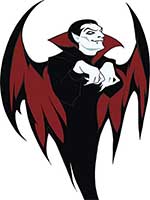How to Become a Vampire
Are There Real Life Vampires ?

Vampires are extremely evil fantastic beings and highly symbolic. Creatures of the night, they roam vainly on Earth, are in a perpetual quest for immortality and feed on the blood of the living. Under the effect of the sun's rays, their skins crack and they disintegrate completely. Although their existence remains controversial, in all likelihood the myth of vampirism has very real origins. Among the most famous vampires in history, we can think of the novelist Agatha Christie, nicknamed the Queen of Mystery, and the wrestler Edge, both suffering from porphyria.
The legend of the vampire exists in the vast majority of cultures on Earth. It is so widespread that it is absolutely impossible to trace its source. They are found on all continents and in all countries where they are assigned different names and different faculties. Thus, we speak of Danag in the Philippines, of Moroi among the Slavs and they are called Kuang Shi in East Asia. The word vampire, as known in American countries, appeared for the first time in the 1730s in a travel journal entitled Travels of Three English Gentlemen.

How to recognize a vampire?
The question then is how do you recognize a vampire? What are the distinctive traits of vampirism? It is not always easy to identify vampirism in an individual and reality often diverges from cinematic representation. Most of the time, the vampire is a young and attractive person, the disease is very well concealed. Much attracted by nightlife, the vampire likes to live on the margins of society and often seeks the thrills associated with adventure and crime. Warm summer nights and major transcontinental highways are particularly popular with vampires, as are country houses. The vampire feels invincible, all-powerful, above norms and laws; he is a special being who does not really know fear. He frequently exhibits superhuman physical strength and in many cases has a highly aggressive character. Despite all these features, vampires are usually hard to recognize and an in-depth look is often needed.
The diseases associated with vampirism

Over time, people have tried to associate known diseases to vampires. Thus, we often talk about anemia, porphyria and rabies. Anemia, which is characterized by great fatigue and extreme pallor, is closer to the legend of Count Dracula and Bram Stoker's novel than current vampires. The diseases that best associate with vampirism are porphyria and rabies. A person with porphyria is no longer able to produce heme, an essential component of hemoglobin, and is therefore forced to look for another source. This probably explains why vampires constantly seek to drink the blood of the living. In addition, at a more advanced stage of the disease, the skin cracks in the sun, a frequent symptom among vampires. Rabies is a viral infection characterized by increased aggressiveness and sensitivity to light.
The weak points of vampires

Being immortal and living outside the graces of God, vampires are by definition virtually untouchable beings. It is very difficult to kill a vampire but an effective method would be to pierce the heart with an ash stake before beheading them. Another way would be to expose the vampire to light rays or sacred symbols, such as holy water, for an extended period of time.
According to Dr. Abraham Van Helsing, famous vampire hunter and author of De Nosferatu Mysteriis, vampires must remain in their homeland to maintain their powers. In the distance they would weaken rendering them more vulnerable. Mirrors, smelly plants and garlic would also be cult objets greatly despised by vampires.
How does one become a vampire?

Are people born vampire or do they become one? Evidence is that vampirism is a genetic disease that develops with age. Some suggest, however, that it is also possible to become a vampire, either by a satanic rite or by contagion. The most extraordinary vampires would be born of black rituals where they are forced to deny all religious beliefs and sacred symbols. Other people who transformed themselves were bitten before becoming vampires in turn. The process is often accompanied by anemia followed by a state of clinical death before the transformation is complete.

The magical powers of vampires
Vampires are often credited with magical powers such as the ability to turn into a wolf or bat at will. They are also generally endowed with great magnetism transmitted by glance and which allows them to exert some influence on others. Some even boast of mastering weather phenomena.









































































































































































































































































































































